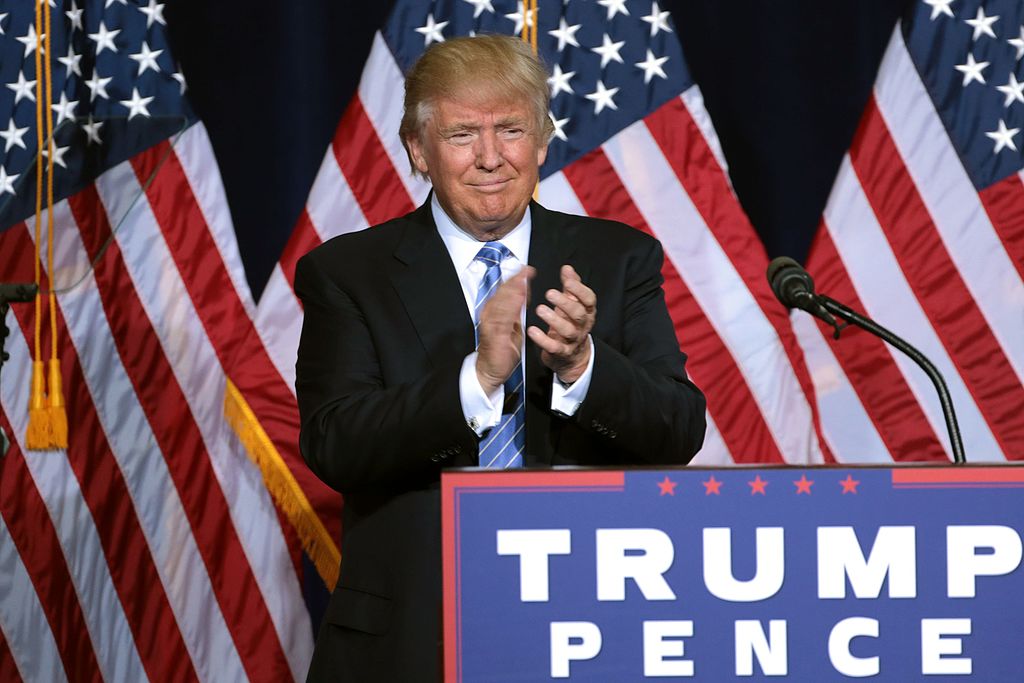As President Donald Trump begins his second term, rural healthcare has taken center stage in his 2025 policy agenda. With millions of Americans living in underserved areas, Trump’s administration has promised sweeping changes aimed at addressing disparities in healthcare access, quality, and affordability.
Expanding Telemedicine in Rural Areas
A cornerstone of Trump’s rural healthcare strategy is the expansion of telemedicine services. Recognizing the challenges posed by long distances and limited healthcare infrastructure, the administration has pledged increased federal funding to enhance broadband access in remote areas. By investing in high-speed internet, Trump aims to bring virtual healthcare consultations to even the most isolated communities.
During a recent briefing, a White House official emphasized the importance of this initiative, stating, “Telemedicine is no longer a luxury; it’s a necessity for rural America.” However, critics argue that infrastructure improvements may take years to materialize, leaving many without immediate solutions.
To further support telehealth, Trump’s administration is pushing for legislation that would expand Medicare and Medicaid coverage for virtual visits. This move is expected to ease the financial burden on rural patients, particularly older adults and low-income families. Yet, concerns persist about the ability of small healthcare providers to adapt to the technological demands of telemedicine.
Addressing Workforce Shortages in Rural Clinics
In addition to telemedicine, Trump’s rural healthcare plan includes efforts to combat staffing shortages in underserved areas. The administration has announced incentives such as student loan forgiveness and higher reimbursement rates for healthcare professionals willing to work in rural communities. These measures aim to attract doctors, nurses, and specialists to regions where access to care is severely limited.
While some healthcare advocates praise these steps, others question whether financial incentives alone will resolve the issue. According to the National Rural Health Association, rural hospitals face unique challenges, including lower patient volumes and financial instability, which may deter potential recruits.
Additionally, Trump’s plan proposes increasing funding for rural residency programs to train medical professionals directly in these communities. Supporters believe this approach could lead to long-term retention of healthcare workers in areas that need them most.
Public Reactions: Praise and Skepticism
Trump’s rural healthcare policies have ignited robust discussions online, with many Americans expressing mixed feelings about their potential impact:
- @RuralMom75: “Finally, someone is paying attention to us! Telemedicine could really change lives in my town.”
- @HealthFirst2025: “Loan forgiveness is great, but rural hospitals are still closing. What’s the plan for that?”
- @BroadbandNow: “Expanding internet access sounds promising, but when will it actually happen? We’ve heard this before.”
- @DocOnTheMove: “Incentives are nice, but working in rural areas needs more than money—it needs sustainable infrastructure.”
- @AffordableCareFan: “Telemedicine is only useful if people can afford the internet and devices. Is that part of the plan?”
- @PolicyCritic2025: “Trump’s rural healthcare promises sound good on paper, but implementation will be the real challenge.”



 Drones Spotted Near Zelenskiy’s Flight Path in Ireland Trigger Security Alert
Drones Spotted Near Zelenskiy’s Flight Path in Ireland Trigger Security Alert  Trump and Lula Discuss Trade, Sanctions, and Security in “Productive” Phone Call
Trump and Lula Discuss Trade, Sanctions, and Security in “Productive” Phone Call  Cuba Reaffirms Anti-Drug Cooperation as Tensions Rise in the Caribbean
Cuba Reaffirms Anti-Drug Cooperation as Tensions Rise in the Caribbean  Trump Warns Drug-Trafficking Nations as Colombia’s Petro Issues Strong Rebuttal
Trump Warns Drug-Trafficking Nations as Colombia’s Petro Issues Strong Rebuttal  U.S.-Russia Talks Leave Ukraine Peace Efforts Uncertain
U.S.-Russia Talks Leave Ukraine Peace Efforts Uncertain  UN Chief Says Gaza Operation “Fundamentally Wrong” as Concerns Over War Crimes Grow
UN Chief Says Gaza Operation “Fundamentally Wrong” as Concerns Over War Crimes Grow  Trump Administration Plans Major Rollback of Biden-Era Fuel Economy Standards
Trump Administration Plans Major Rollback of Biden-Era Fuel Economy Standards  Pentagon Probe Finds Hegseth’s Use of Signal Risked Exposing Sensitive Yemen Strike Details
Pentagon Probe Finds Hegseth’s Use of Signal Risked Exposing Sensitive Yemen Strike Details  China Urged to Prioritize Economy Over Territorial Ambitions, Says Taiwan’s President Lai
China Urged to Prioritize Economy Over Territorial Ambitions, Says Taiwan’s President Lai  Senators Warn Trump Against Unauthorized Venezuela Strike, Vow War Powers Push
Senators Warn Trump Against Unauthorized Venezuela Strike, Vow War Powers Push  U.S. Defense Chief Pete Hegseth Defends Controversial Second Strike on Suspected Drug-Smuggling Vessel
U.S. Defense Chief Pete Hegseth Defends Controversial Second Strike on Suspected Drug-Smuggling Vessel  UN General Assembly Demands Russia Return Ukrainian Children Amid Ongoing Conflict
UN General Assembly Demands Russia Return Ukrainian Children Amid Ongoing Conflict  Trump’s Name Appears on U.S. Institute of Peace Ahead of Rwanda–Congo Deal Signing
Trump’s Name Appears on U.S. Institute of Peace Ahead of Rwanda–Congo Deal Signing  Israel Receives Body of Deceased Hostage as Rafah Crossing Reopening Hinges on Final Returns
Israel Receives Body of Deceased Hostage as Rafah Crossing Reopening Hinges on Final Returns  Putin Concludes High-Level Talks With Trump Envoy on Ending Ukraine Conflict
Putin Concludes High-Level Talks With Trump Envoy on Ending Ukraine Conflict  Taiwan Signals Openness to Renew Ties with Honduras as Election Unfolds
Taiwan Signals Openness to Renew Ties with Honduras as Election Unfolds  California Launches Portal for Reporting Alleged Misconduct by Federal Immigration Agents
California Launches Portal for Reporting Alleged Misconduct by Federal Immigration Agents 




























